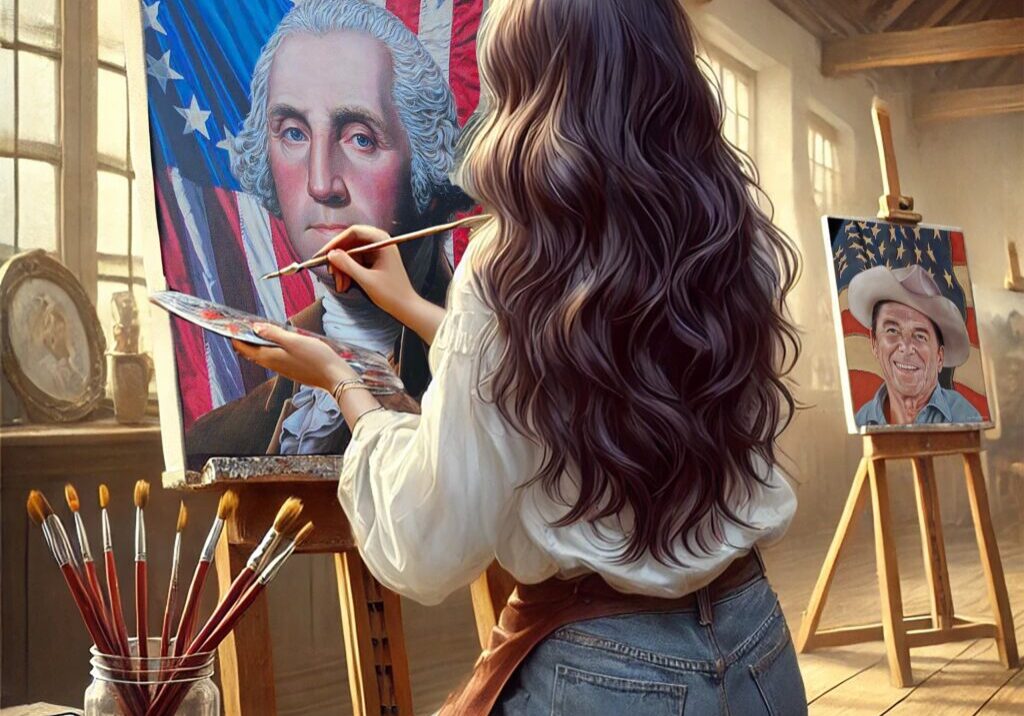
Handbills and Heraldry: When the Streets Spoke in Ink
If you lived in Boston or Philadelphia in the 1770s, the revolution wasn’t just brewing in secret meetings – it was posted to your nearest wall. The streets were loud with ink. Handbills nailed to tavern doors, signs waving from liberty poles, and makeshift broadsides stapled over royal decrees turned cities into living, breathing protest galleries. This wasn’t just printing. It was public art. Handbills – small, portable, and quickly reproduced – were the mass media of the day. They carried announcements of town meetings, boycotts, and tax protests. But more importantly, they carried tone. Through bold fonts, stark spacing, and occasional symbols, they conveyed urgency and alignment. You didn’t just read a handbill – you felt called by it. They weren’t elegant. They were electric. The mural’s depiction of these flyers – caught in wind, posted askew, or folded beneath a boot – treats them as artifacts of resistance, not ephemera. In the Freedom section, a small placard flutters from a wooden beam. Its ink is faded, but the crown-and-X symbol still pops – signifying the rejection of royal edicts. This is visual language in action. No headline needed. Heraldry wasn’t limited to noble crests or battlefield flags. In Revolutionary America, protest groups made their own visual codes. Black-bordered broadsheets signaled mourning for lost liberties. Liberty poles flew banners with clenched fists or broken chains. Some taverns painted their signs with subtle resistance motifs – snakes, trees, and even cracked crowns – while pretending to comply with British law. These were acts of visual disobedience. Even the placement of these visuals was political. A handbill posted to a courthouse door said, “This law is not respected.” A broadside nailed beside a church invited moral authority into the rebellion. The geography of posting became part of the message. Where it went mattered. How long it lasted mattered more. The art of these items was fast, raw, and purpose-driven. A single page might contain multiple typefaces – each shouting its own emotion. Some printers used crude woodblocks to add a visual punch: a rattlesnake, a coffin, a stylized liberty cap. These elements didn’t require interpretation. They were designed for speed of comprehension. And while handbills disappeared in the rain, their ideas lingered. They were read aloud in taverns, quoted in sermons, and paraphrased in courtrooms. They trained the public eye to look for visual clues, to recognize the signs of protest not just in ink, but in symbols. The mural doesn’t romanticize these prints – it honors their impermanence. The yellowing edges, the torn corners, the haphazard pins – all captured with deliberate brushwork – speak to a truth at the heart of the American experiment: that fragile things, if seen by enough people, can endure. Even paper. Even ideas. So while the Founders debated in halls, and soldiers waited in snow, artists and printers transformed public space into a canvas. The revolution didn’t wait for the battlefield. It showed up early. On walls. In windows. At eye level. And the streets – once silent – began to speak.

